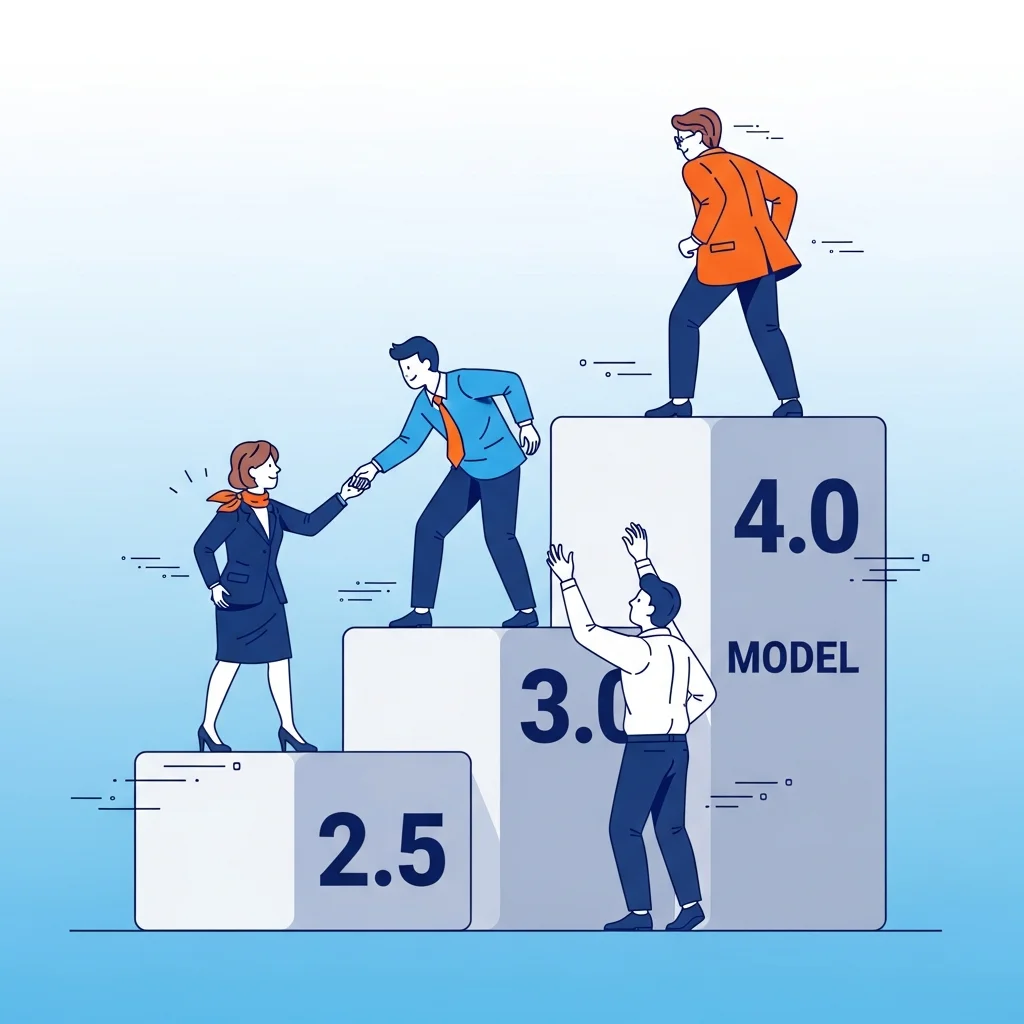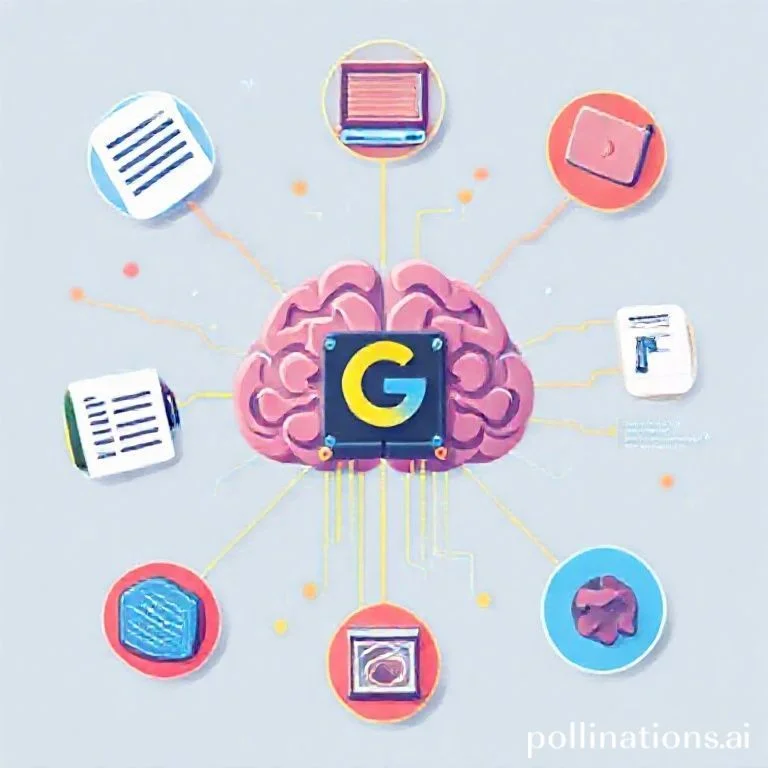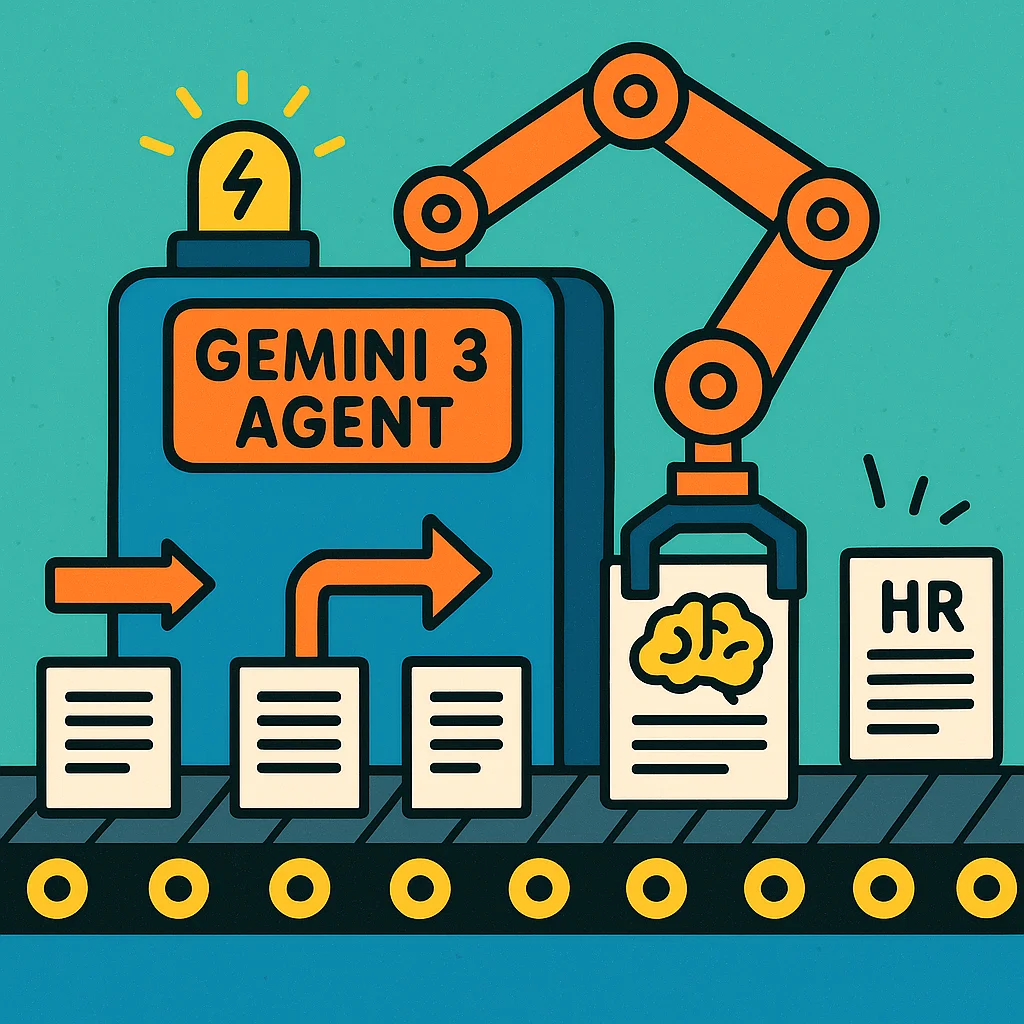Where do we stand with Gemini 2.5 Pro today?
Have you ever wondered how "smart" an AI model really is under the bonnet in 2025? Gemini 2.5 Pro already gives a very clear answer. It is no longer just a chat model, it is a reasoning engine that can decompose, plan and solve more complex tasks.
According to Google DeepMind, Gemini 2.5 Pro is their most advanced model to date. It is a thinking model, meaning it performs an internal reasoning step before responding. On benchmarks such as AIME 2025 for maths and GPQA for science it scores at or above other top models. You notice that in practice when you ask it to write out a complicated legal argument or calculate a multi-step financial scenario: the model stays far more consistent than older generations.
What strikes me most in daily use is how broad the multimodal spectrum of 2.5 Pro is. The model can process text, audio, images, video and even full code repositories within a context window of one million tokens. That means you can feed, for example, an entire product catalogue with documentation, a pile of support tickets and a series of screen recordings of your application in a single session. The model can then reason, summarise and suggest improvements across that complete context.
In addition, 2.5 Pro is strong in tooling and agents. The official documentation highlights, among other things, function calling, file search and code execution. In our own experiments with AI agents for technical service desks or internal knowledge bots you see a model that is much better at choosing the right tool at the right moment. Instead of a loose chat window you get a sort of digital colleague who knows when to search, when to calculate and when to ask the user an extra question.
An interesting video that demonstrates this well is this breakdown of Gemini 2.5 capabilities and the roadmap towards the next generations:
That video is obviously not an official Gemini 3 presentation, but you can clearly see the direction Google itself considers logical: more context, better reasoning, stronger agents and ever more seamless multimodality.
What leap is realistic from Gemini 2.5 to Gemini 3?
Imagine you are sitting in Google DeepMind’s chair. You already have a model that tops most benchmarks, reasons deeply and handles a 1 M token context. Where is the real gain for a next generation like Gemini 3?
The first line will almost certainly be reasoning quality and reliability. 2.5 Pro is already a thinking model, but there is still room to reduce hallucinations further, especially in domains where exactness is crucial such as legal interpretations, compliance or medical information. I expect Gemini 3 will lean even more on internal deliberation techniques, longer reasoning chains and probably smart use of retrieval to verify facts before an answer is given. For SME processes this simply means less nonsense and more reliable output, especially when you deploy AI for documents, contracts or financial reports.
A second clear line is context and memory. Gemini 2.5 Pro offers a 1 M token context and already performs well on MRCR, a benchmark for long-term coreference. Yet it remains difficult to consistently involve an entire company history, customer interactions and product developments in one session. Gemini 3 will presumably not only handle more context but deal more intelligently with what matters within that context. Think dynamic summarisation of long histories so the model always knows what is relevant to the current question without being flooded with noise.
The third line is multimodality. 2.5 Pro is natively multimodal: text, audio, images, video. Google is also experimenting with powerful video models like Veo 3 and audio features in the Flash line. The logical expectation is that Gemini 3 will be even better at combining those modalities. For example, generating a process description from a factory video, immediately writing a manual for it and then producing a training script with voice-over. For SMEs that is worth gold because so much knowledge is still hidden in screen recordings, Teams meetings and phone calls rather than neat documents.
Fourth, the current 2.5 documentation already puts a lot of emphasis on agents and tooling: file search, code execution, grounding with Maps, structured output. Gemini 3 will almost certainly build on this by autonomously chaining more complex workflows together. Think of an agent that handles an entire HR process, from analysing a new law to adjusting templates, generating communication and registering tasks in your ticketing system. Not in one magic prompt but through a series of transparent, explainable steps.
And then the practical side: speed and cost. 2.5 Pro is impressive, but for mass production at scale many parties prefer the Flash or Flash Lite variants because of price-performance. I expect Gemini 3 will be positioned as a new flagship above Pro, while Google simultaneously keeps optimising for efficiency. For you as an SME owner the question therefore is not which model is absolutely the strongest, but which model is good enough for this task and efficient enough for daily use. That is exactly where a model-agnostic platform makes the difference.
What does Gemini 3 concretely mean for SMEs via Mind?
The interesting question is of course not only what Google builds but what you can do with it tomorrow. From our practice with the Mind AI platform I see a few clear scenarios where a future Gemini 3 immediately adds value precisely because Mind is not tied to a single model but combines multiple top performers, from Gemini to GPT-5 and Claude 4.5 plus powerful open-source models.
Take marketing and SEO content. Mind already has an AI web page and blog automation that analyses SEO targets, determines keywords, scans the top 10 results and then writes pages and blogs in your tone of voice, including images and video. Today you can use Gemini 2.5 Pro when you need lots of research and complex sources, for example on specialised B2B topics. With Gemini 3 it becomes even more interesting because a stronger reasoning model draws better connections between long white papers, webinars, product documentation and external sources. You then get content that is far less generic and much closer to your real expertise.
Another strong scenario is document automation. Mind can already generate business documents from notes or rough input, translate, run spelling checks and tone-of-voice improvements, and automatically store documents in SharePoint, Google Drive or other storage. Imagine hooking up Gemini 3 behind that, which reasons even more robustly about legal clauses, compliance rules or complex internal policies. From our experience in sectors such as finance, legal and healthcare I know how critical nuance and consistency are. A model with fewer hallucinations and better long-context handling makes the difference between a handy helper and a trustworthy co-pilot in your governance process.
Service desk and customer contact show a direct line as well. Mind already offers a service desk email automation where AI reads emails, identifies questions, consults policies, searches internal knowledge and drafts replies. With a Gemini 3 agent that reasons even better over long conversation histories and multimodal context, for instance screenshots or short screen videos from customers, it becomes possible to triage more complex technical issues automatically. The AI can then not only suggest an answer but also explain which sources it consulted and which steps it advises, making it much easier for your team to verify quickly and trust the output.
Finally, a platform like Mind prevents you from using Gemini 3 in isolation. Sometimes GPT-5 is better at creative copywriting, sometimes an open-source model is more attractive because of privacy or cost, sometimes you specifically need the multimodal power of Gemini on top of your existing systems. Because Mind connects agnostically with models from different vendors and even self-hosted variants such as Llama or DeepSeek, you make the best match at task level. Gemini 3 therefore is not an all-or-nothing decision but one of the high-end tools in a toolbox you deploy smartly per use case.
How do you prepare your organisation today for a Gemini 3 world?
Recently I sat with an SME director who asked, "Should I wait for Gemini 3 before I take AI seriously?" My answer was direct: no. The real gain is not in waiting for the perfect model but in step-by-step setting up processes, data and culture so you can adopt every new model quickly.
The first step is always to identify where the biggest friction sits in your company. Is it content production such as blogs, landing pages and social posts? Then it makes sense to start right now with Mind AI content solutions, which can employ Gemini 2.5 Pro, GPT-5 and other models for SEO, blogs and social media. If Gemini 3 adds extra reasoning or multimodality, we simply plug that into the same flow. You do not need to rebuild your processes; you just benefit from a better engine under the bonnet.
A second preparation is getting your company information in order. AI models deliver far more when they receive good context: internal documents, guidelines, product information, FAQs. Mind makes it possible to link those sources in a structured way so a chatbot, service desk agent or document generator takes your own knowledge into account. When Gemini 3 becomes available the same knowledge framework can be reused but with stronger reasoning and longer context. The investment you make now in your information architecture therefore pays off twice.
Third element is an experimentation culture. Our experience shows that organisations that start small, for example with one AI chatbot for internal colleagues or a single automated blog flow, scale much faster when a new model or capability appears. Your team learns how to write prompts, how to evaluate AI output and how to safeguard safety and governance. When Gemini 3 then takes a leap in multimodal agents you can apply that knowledge immediately. Instead of another big change project it feels like a logical upgrade.
And yes, there is also a philosophical layer. AI models are not only getting smarter; they are increasingly becoming an extension of your organisational brain. Gemini 3, GPT-5, Claude 4.5—each model represents a different way of reasoning and communicating. The real strategic question for SMEs is: how do I ensure these digital thinkers work together to my advantage, rather than me running from hype to hype? An agnostic platform with clear processes, the way we position Mind, is in my view the only sustainable route. That way you remain in charge of your own data, your own context and your own pace of innovation. 🙂

What is currently the main difference between Gemini 2.5 Pro and a future Gemini 3 model?
At the moment Gemini 2.5 Pro is Google’s official flagship with strong reasoning, a 1 M token context and rich multimodality. Gemini 3 is not yet publicly specified, but you can expect improvements mainly in reliability, longer context and even smarter agents. Our experience with previous generations shows that the step from good to very consistent and reliable has the biggest impact for business users.
Do I need to wait for Gemini 3 before deploying AI seriously in my company?
No, that is usually a pitfall. The jumps between model generations are impressive, but the real benefit lies in building processes, data and skills around AI. If you start now with AI content, document automation or service desk support through an agnostic platform, you can plug in new models such as Gemini 3 almost seamlessly once they are available. Waiting mostly means missed learning opportunities and missed efficiency gains.
How does a platform like Mind help to combine Gemini 3 intelligently with other models such as GPT-5 or Claude 4.5?
In practice no single model is the best choice everywhere. Sometimes you want Gemini’s strong multimodality and reasoning, sometimes GPT-5’s creativity, sometimes an open-source model you host yourself for privacy or cost reasons. Mind is deliberately model-agnostic; it connects with multiple text, image and video models and can select the most suitable model per task. Our SME clients tell us this gives them peace of mind—you do not have to gamble on which ecosystem will win; you simply benefit from the best mix. 🙂
Which concrete SME processes benefit most from a stronger Gemini 3 generation?
We expect the greatest impact on processes that require a lot of context and nuance. Think complex document flows such as HR policies, contracts, compliance documents, or service desk situations where multiple systems, previous tickets and product documentation have to be combined. Marketing and SEO, where Gemini already analyses large volumes of sources, will also see gains: stronger reasoning and longer context in Gemini 3 will produce content that aligns more closely with your real expertise instead of generic AI text.
How can an SME safeguard security and privacy when working with powerful models like Gemini 3?
From our experience this is mainly a matter of architecture and governance. You need clarity on which data may or may not go to external models, how you handle logging and monitoring, and which tasks you might process via self-hosted or open-source models. A platform like Mind can, for example, separate publicly accessible content automation—fine via cloud models—from critical documents you prefer to process with a local model. The key is to retain ownership of data and processes so models like Gemini 3 work within your framework and not the other way around.
Will I be able to use Gemini 3 for video and images as well, or is it text only?
The current Gemini 2.5 Pro is already natively multimodal—it understands text, audio, images and video. Expectations are that Gemini 3 will only extend that line, possibly in close combination with specialised video models such as Veo and image models. In the Mind platform we already see SMEs gaining a lot by combining text, image and video in one flow, for example for social media or e-learning. A next-generation Gemini will likely make that even smoother and more powerful.
How do I stop my team from feeling overwhelmed by all the new model names and version numbers?
I hear this a lot and it is very relatable. The trick is to shift the focus from "Which model version are we using today?" to "Which processes do we want to improve and which capabilities do we need for that?" Once that is clear, a technical partner or platform can translate that into the right models under the bonnet. In daily practice it is far easier for your team to think in solutions such as AI blog automation, AI service desk or AI document co-pilot than in model versions. That keeps the energy on innovation without having to wade through every AI news article each week. 😊




